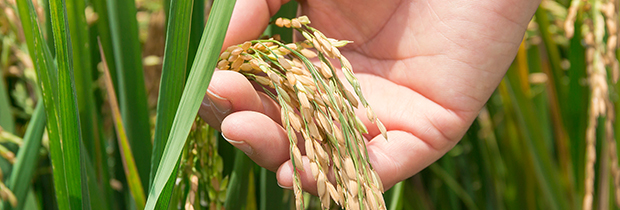SCI’s peer reviewed journals provide research studies and commentary articles undertaken by top scientists in emerging areas. They address global audiences; crossing academic, industrial and science policy sectors.
Here we highlight some of the most recent papers from our journals. To view the full range of SCI’s journals, visit the Publications page.
Cyclodextrin could have increased applications in the food industry
Cyclodextrin is an odourless and tasteless oligosaccharide widely used in food, medicine and environmental applications. In recent years the food industry has become increasingly interested in cyclodextrins because of their unique structures.
Researchers in China have investigated cyclodextrins in terms of a number of uses in the food sector including antioxidant effect, bioavailability and stability. The researchers conclude that the unique structure of cyclodextrins allows for design and synthesis so that they can impart a desired function in areas such as food packaging and antibacterials.
Polymer International DOI:10.1082/pi.5992
Finding an economic green route
The use of lignocellulosic feedstock to produce alternative jet fuel (AJF) is being widely investigated. While this feed stock is inexpensive and abundant, researchers cite that high lignin feedstocks have low yields and require complex pre-treatment processes. Co-products are necessary to balance the increased cost associated with lower yield and complicated process requirements. The financial success of a facility producing AJF from such feedstock, depends on the efficient manufacture of hydrocarbons and co-products as well as having strong volume and price markets for the entire production slate.
US researchers have completed a techno-economic analysis for producing AJF using softwood forest residues. The scenarios and their corresponding economic outcomes differed based on the co-product selections. The researchers concluded that the process they investigated, which was based on a mild sulphite pre-treatment route to create AJF, was not a financially profitable venture compared with current petroleum-based fuel.
Biofuels, Bioproducts & Biorefining DOI:10.1002/bbb.2111
A diffraction finger print method speeds up disease identification
Rice blast fungus is a global disease and is one of the most serious impacting rice crops in China’s north and south fields. Identifying the disease early to prevent its rapid spread is critical; currently this identification is a manual, time-consuming process.
Scientists in China have developed an identification method based on crop disease spores’ diffraction fingerprint texture. The researchers found that the identification of light diffraction characteristics was much quicker and had a high degree of accuracy compared with the traditional microscope method. The rice blast identification method described could be completed in a few seconds and was reported to be 97.18% accurate.
Journal of the Science of Food and Agriculture DOI:10.1002/jsfa.10383



